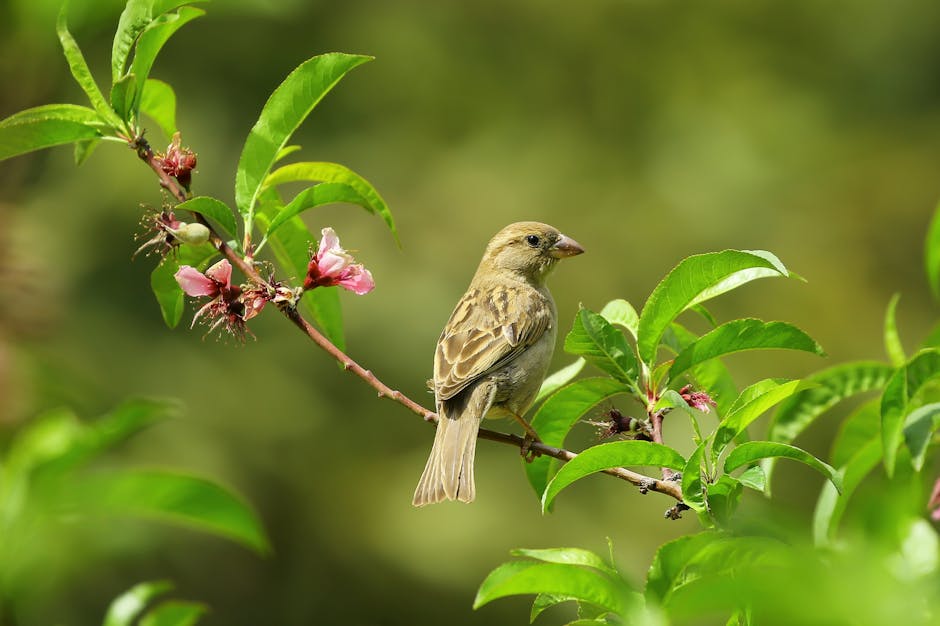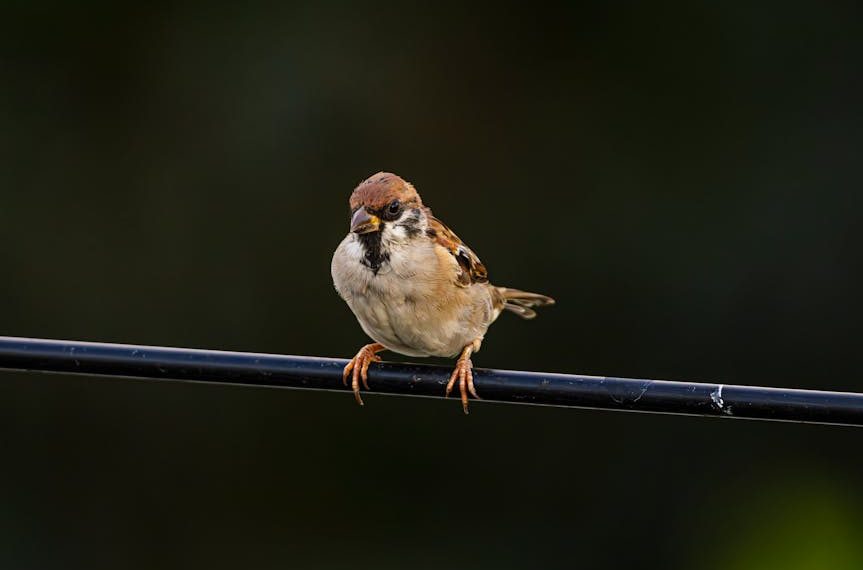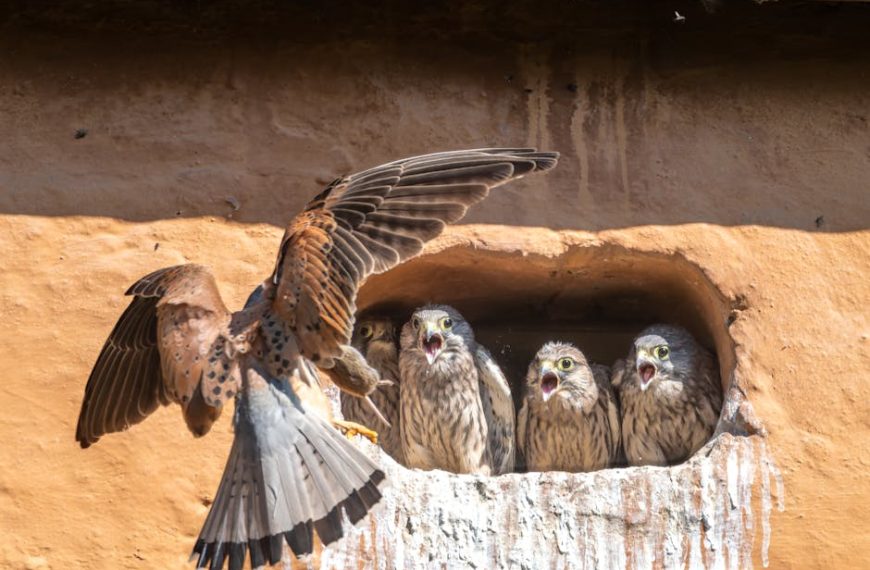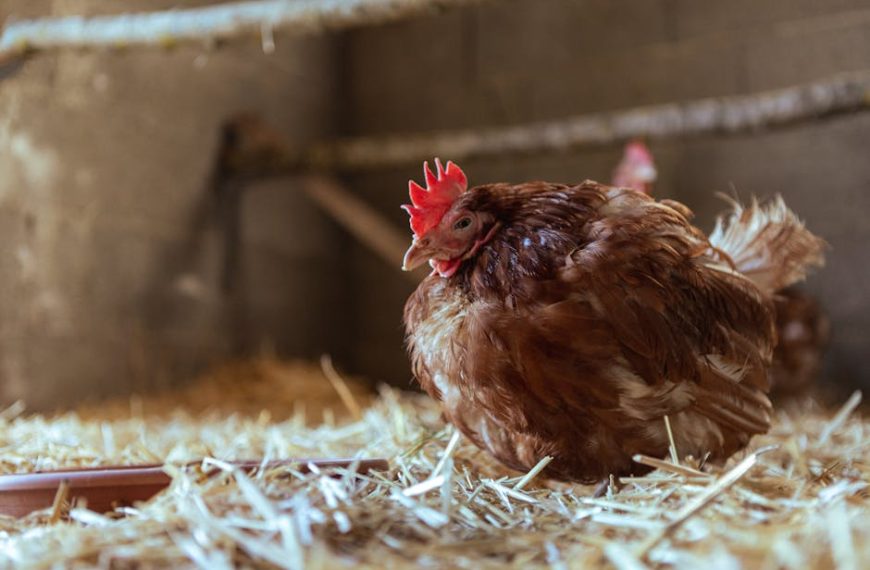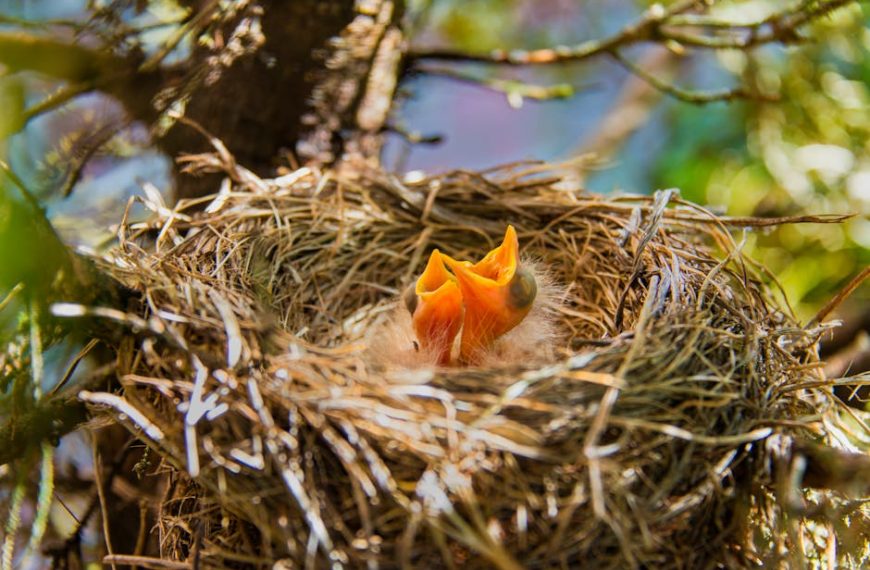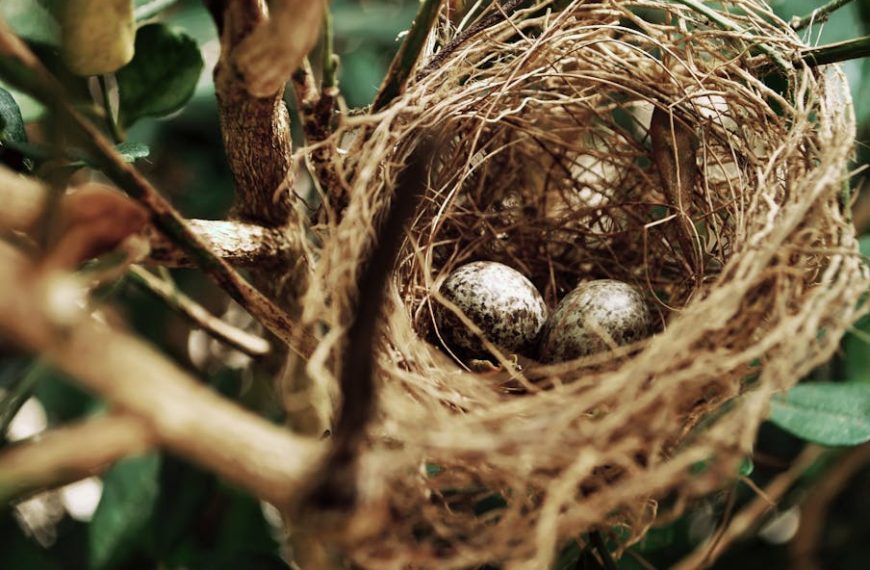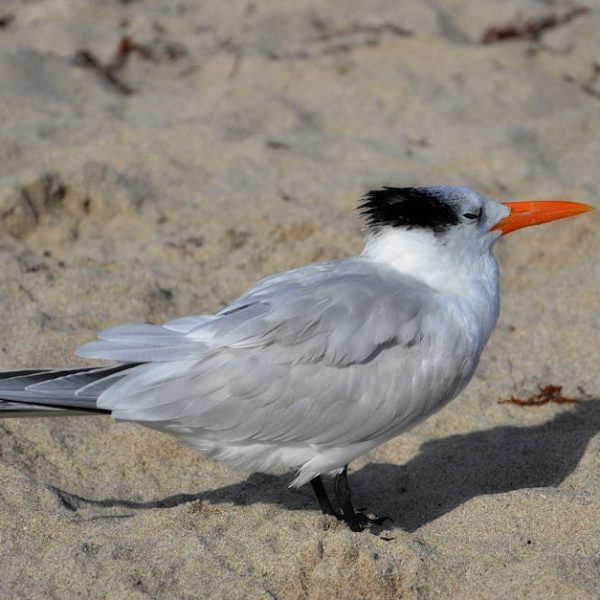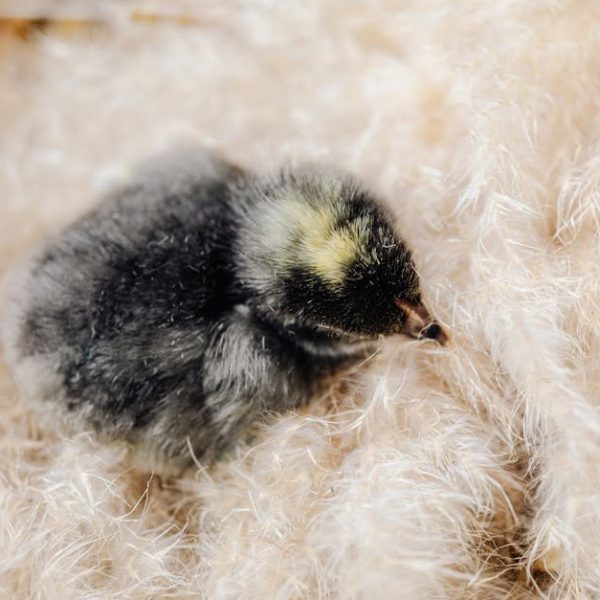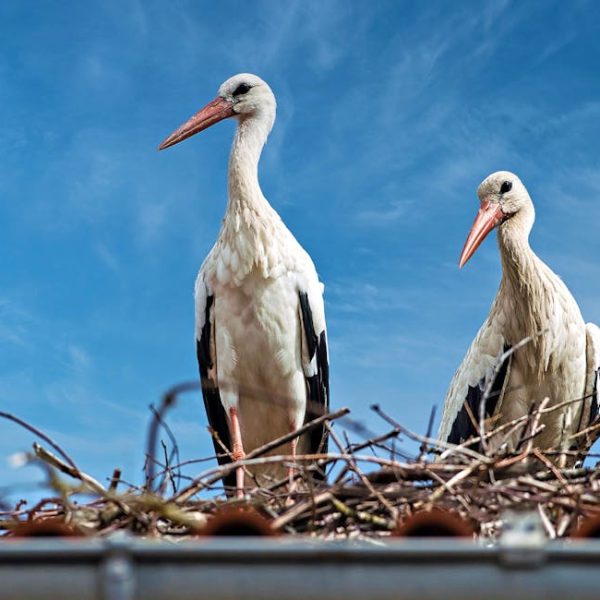As nature’s architects, many bird species showcase remarkable ingenuity in nest building. One of the most fascinating strategies involves building nests entirely from mud – an abundant, versatile, and strong material. Originating in the ground beneath our feet and hardened by the sun’s rays, this natural clay produces an optimum hideaway for bird eggs and young. These intricate structures stand as a testament to the untapped resourcefulness and creativity of birds.
Essential Tools and Techniques of Birds Building Mud Nests
Mastering the art of mud nest building requires a unique set of skills and tools. Birds adopt their innate equipment, a classification mainly composed of their beaks, wings, and feet. With their beaks, they meticulously pick, shape and mold the wet mud, making compact spherical structures. Turning towards their feet, birds scoop, carry and shape wet mud, implementing the initial layers of the nest walls. Their wings finally come into play as tools conveniently designed for mixing mud with grass, twigs, or feathers for sturdy reinforcements.
The safety and the stability of these nests are paramount. Birds have instinctively developed practices to ensure the integrity of their creations. They enrich the mud with strong materials such as hair or grass for reinforcement, engrain their nests into tree crevices for support, and even create hooded entrances for protection against predators.
Identifying Birds That Construct Mud Nests
Several distinct bird species across the globe are renowned for their mud nests, each structurally and visually diverse. Here are few indicators to spot these mud engineers:
- American Robins: These birds are known for their dark gray to brown mud nests. They are usually found on housing structures, trees, or even car mirrors!
- Cliff Swallows: These are responsible for creating gourd-shaped, communal mud nests under bridges or on building sides. They are identified by their colored throat and forehead with a square tail.
- Ovenbirds: These tropical birds build dome-shaped nests with a side entrance, resembling an old-fashioned oven.
Dependant on the species, methods of identification may vary between visual identification (considering the behavior, physical traits, and location) and vocal identification (listening to the bird’s unique song or calls). However, experience shows that while visual identification is invaluable in open, well-lit environments, vocal identification can add a new level of intrigue and accuracy in dense or poorly-lit habitats.
Next, we’ll dive into the structural mastery behind these mud abodes.
Understand the Structure and Design of Mud Nests
Mud nests are architectural wonders, crafted with precision and designed for durability. Every species has its unique construction plan, but they generally incorporate common elements of structural safety and comfort.
- Base: This forms the platform upon which the nest is built. Depending on the species and the available support structures, it can vary.
- Walls: Birds meticulously craft the walls with a blend of mud and organic materials like grass, twigs, or feathers. This layering technique ensures the walls are thick, insulated and sturdy.
- Interior: Essential for comforting the young ones, the interior is typically lined with soft, warm materials like feathers or grass.
- Entrance: The position and size of the entrance vary, offering different advantages like protection from predators or adverse weather.
⭐ Pro Tip! Can you spot a well-constructed mud nest? Look for indicators like a smooth finish, even distribution of weight, and a strategically positioned entrance. Signs of a nest danger include irregular wall thickness, haphazard material distribution, or visible cracks in the mud.
Interpret the Communication and Social Aspects of Mud Nest Construction
To the untrained eye, mud nest construction may seem like a simple instinctual act. But, to the birdwatching enthusiasts, nest-building carries rich information about a bird’s social life and communication.
- Male Display: In species like the Clay-colored Robin, males showcase their mud nest building skills to attract females.
- Cooperation: The Cliff Swallow, for instance, builds enormous communal nests, housing hundreds of birds, an impressive portrayal of cooperation.
- Sound Communication: Some species communicate through specific sounds or calls during the nest-building process.
⭐ Pro Tip! Understanding the subtleties of bird communication during nest-building stages can be useful in differentiating bird species and appreciating their complex social structures.
The Impact of Environment on Mud Nest Construction
Birds must adapt their mud nest building strategies to their surroundings. Environmental factors can significantly influence the form, function, and success of their construction ventures.
- Location: Where a bird decides to build its nest can largely depend on available support structures, food proximity, and predator presence.
- Materials: The availability and type of mud and other organic materials can dictate the nest’s strength and durability.
- Weather: Weather conditions impact the construction process and the design, particularly where extreme weather events are common.
- Predators: The presence of predators may influence the decision regarding nest concealment and entrance design.
While different environments may present their own sets of challenges and advantages, birds demonstrate remarkable adaptability in overcoming these obstacles to secure the best possible start for their progeny. Whether they choose the safety of a high tree branch or the convenience of a domiciliary wall, birds have evolved their mud nest building techniques to thrive in diverse habitats.
Key Takeaway:
- Birds use their beaks, wings, and feet effectively to construct mud nests, demonstrating remarkable architectural skills.
- Several bird species, such as American Robins, Cliff Swallows, and Ovenbirds, are renowned for building diverse and intricate mud nests.
- Merely observing mud nest construction can provide deep insights into bird behavior, social life, and communication strategies.
- Environmental factors like location, availability of building materials, weather conditions, and predator presence have significant influence on the mud nest building process.
- Despite environmental challenges, birds display a remarkable ability to adapt and innovate, ensuring the safety and comfort of their young.
Being keen observers of these master architects – birds, can instill in us a greater appreciation for nature’s complexity. Be it their ingenious use of natural resources, unique identifying features, or the communicative aspects during the construction process, understanding these factors can enhance our birdwatching experience. So next time, when you spot a mud nest, pause and marvel at nature’s untapped resourcefulness and creativity.
FAQs
Q: What makes mud a preferred material for nest-building by certain bird species?
A: Mud is a versatile and strong material. It is abundant in the environment, easy for birds to shape and hardens into a sturdy structure when exposed to the sun, making it suitable for nest-building.
Q: Are there any threats associated with mud nest construction?
A: Yes, mud nests are more susceptible to damage from harsh weather conditions and predators. However, birds employ various strategies to cope with these challenges, such as reinforcing the mud with stronger materials and positioning the entrance strategically for protection.
Q: Does the design of a mud nest change based on species?
A: Yes, different species have unique construction plans to cater to their specific needs. Nevertheless, most mud nests will include elements like a durable base, insulated walls, a comfortable interior, and a well-placed entrance.
Q: How can I identify different bird species through their mud nests?
A: Key physical and behavioral characteristics of bird species, along with the appearance and location of their mud nests, can help in identification. Also, a bird’s song or call can be an additional tool for recognition, especially in dense or poorly-lit habitats.
Q: How does a bird’s social structure influence mud nest construction?
A: Certain bird species, like the cliff swallow, build communal nests, showcasing social cooperation. Some male birds use their nest-building skills to attract females, thus displaying aspects of their social structure.
Feel free to share this article and explore more about birdwatching and other nature-related topics on our website. Get closer to nature, and keep exploring!
